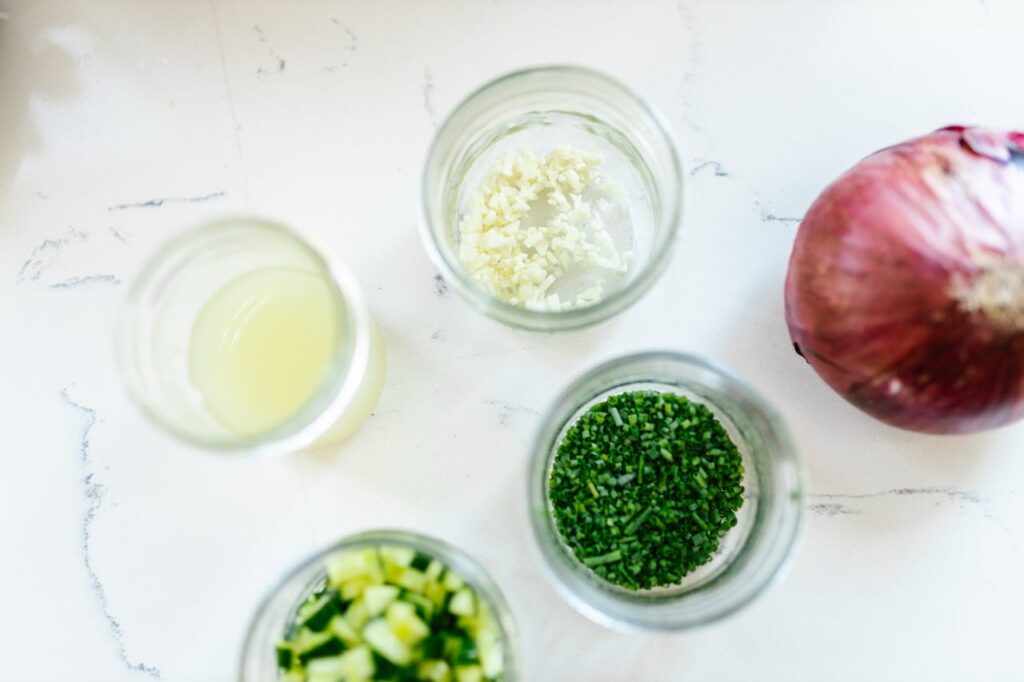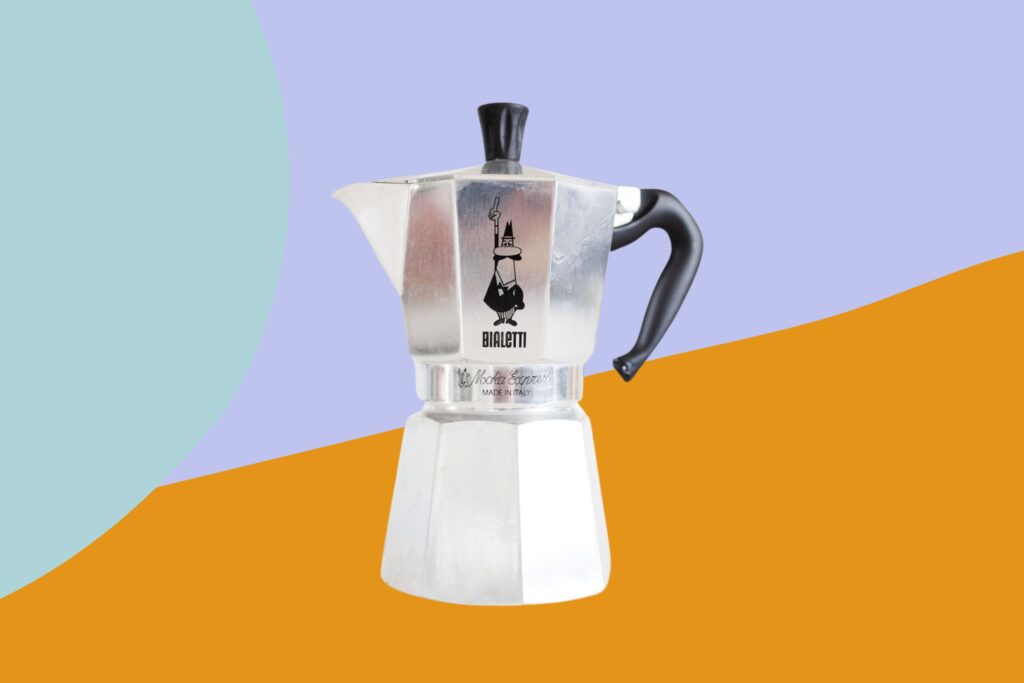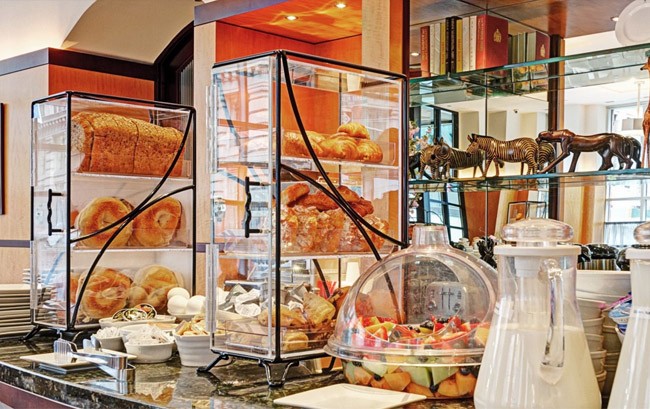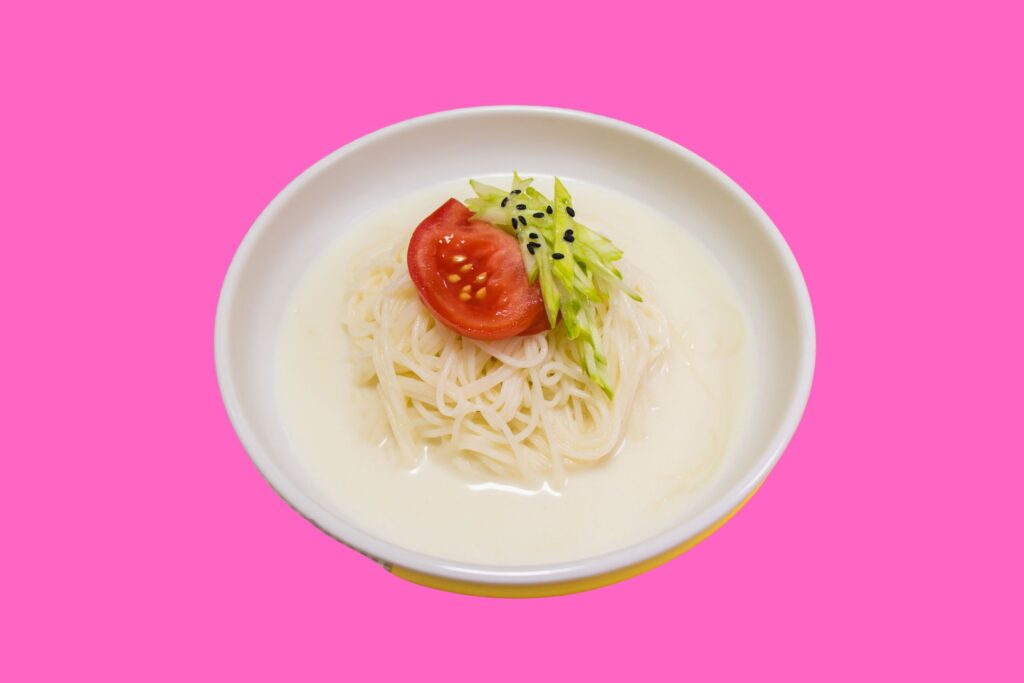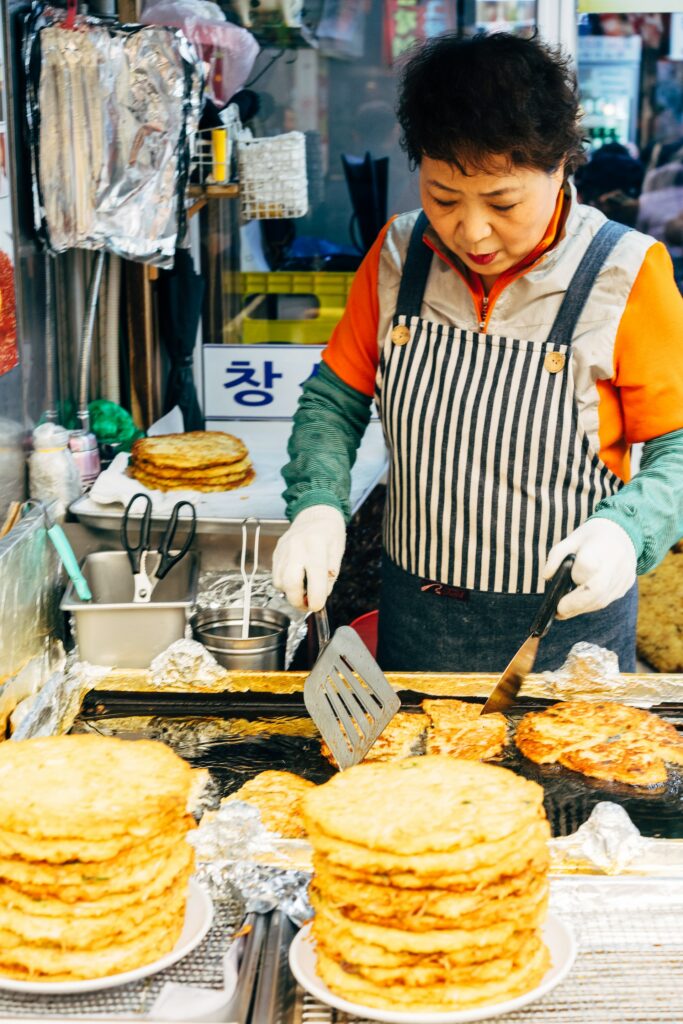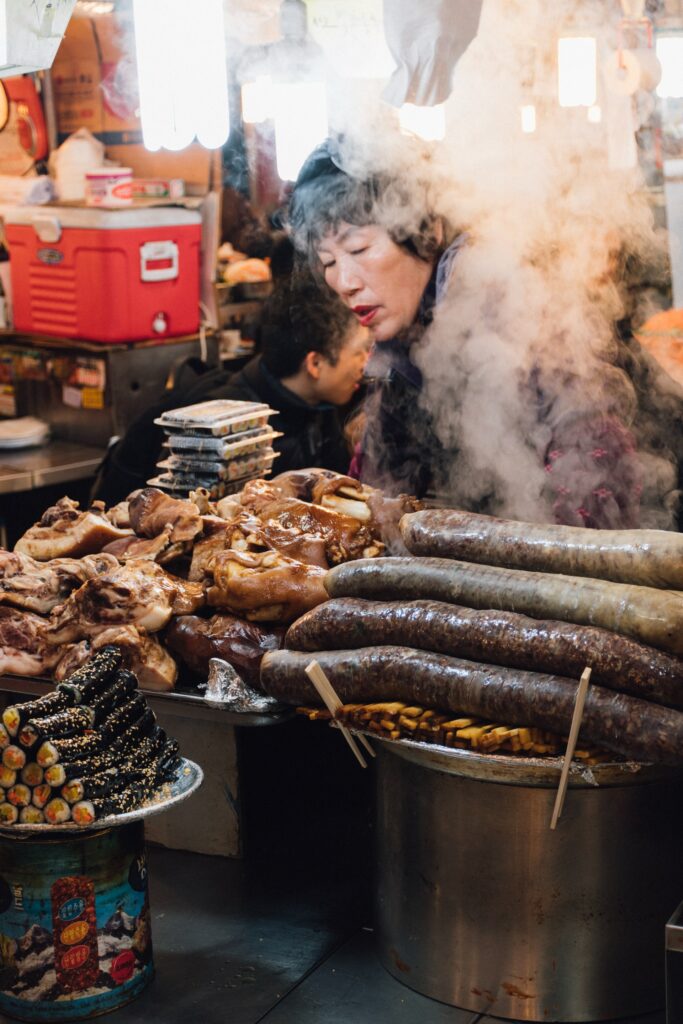
Ideal For An Affordable Stay In Bangkok’s Hippest Neighbourhood…
Once unheard of, then Bangkok’s best-kept secret, but now with the cat truly out the bag; Ari is the Thai capital’s hippest ‘hood. Perfectly situated, well connected, exquisite food options, cute cafes, trendy bars; it’s all here.
Perhaps most unusually for Bangkok, it feels laid back, gently paced and, whisper it, rather lean, green and clean. To make the most of those uncrowded lanes and the strolling distance between each pitstop, you’ll want to be as keenly placed as your budget allows. Enter Vic3 Bangkok.
Idea
Named to sound like nearby landmark ‘Victory Monument’, Vic3 is large and welcoming; a safe and comfortable launchpad for exploring the city or resting while on a business trip.
The hotel’s intentions are clear; to cater for a rich tapestry of guest, rather than targeting a niche market already snagged by the thousands of boutique options in the city. Judging by the families congregating, business people lunching and diverse set of languages soundtracking the reception area, it succeeds.

Location
The ace in the pack for Vic3; Phaya Thai district, or more specifically Ari. It’s a groovy, hip area on a seemingly unstoppable upward trajectory.
Bangkok’s favourite restaurants are opening second branches here, the city is frothy at the area’s craft beer offerings, and house prices are soaring. This brings a young, entrepreneurial, primarily Thai crowd, which gives Vic3’s neighbourhood a great verve and energy.
Ari BTS is a short walk away from the hotel, and Sanam Pao metro is even closer. But honestly, why would you want to leave this buzzy yet peaceful pocket of Bangkok?
Style & Character
Vic3 eschews the tropes of many of Bangkok’s hipster hotel hangouts (blonde wood, minimalist, low, low lighting) for a cleaner, brighter design. You won’t have to get your iPhone torch out here to find your room, that’s for sure. Cleanliness and functionality are at its core, with a warm welcome thrown in for extra measure.
Rooms
Lots of neat touches elevate the rooms from utilitarian to user-friendly. The bed is that little bit wider and pillows plumper. The shower is a joy; fingertips wrinkled due to an over protracted stay here.
There are lots of plug sockets in various positions, a tidy, customisable desk setup and super quick wifi; great for digital nomads and those on business. Even the lighting options have a pleasing attention to detail; plenty of lights, shades and varying levels of illumination available at the, erm, flick of a switch.
Decent blinds and soundproofing mean your morning’s lay-in goes undisturbed, if that’s your thing. Whether you’re a night owl or early bird, you’ll be able to swoop and soar here with freedom.

Food & Drink
Though the surrounding area is foodie mecca, sometimes the punishing heat and energy of Bangkok, married with a little jet lag or culture shock, can make a trip outside a little daunting.
Love Eat Bistro, Vic3’s all-day dining café, offers a decent feed, of both primarily Southern Thai offerings (the owners hail from Phuket) and the ubiquitous ‘Western’ comfort food that we all sometimes seek on foreign shores. Inclusive 6am to 11pm opening hours make dining here, from breakfast all the way through to (almost) midnight munchies, a doddle.

If you’re up for getting out there and eating as the locals do, the neighbourhood’s dining options within walking distance are truly exemplary. For farangs who can handle their spice, it’s all about Phed Phed, a 15 minute walk away or five minute hop in a taxi or tuk-tuk. A little milder but no less delicious is Ong Tong Khao Soi, a brilliant taste of the Northern Thai staple.
The drinking options of the area are plentiful too; check out the Taproom on your stroll back from the BTS for a commendable range of craft beers, or Salt Bar for a cracking cocktail. If you’re after a good pick me up the morning after, head to Sati for some nitro-brew coffee.
Read: Where To Eat In Ari, Bangkok: 5 Of The Best Restaurants
Facilities
If all that feasting on Thai fare has got you feeling a little sluggish, Vic3 has a small but well-appointed gym room and adjacent swimming pool. The latter is outdoors but undercover, and currently building is work is going on down the road, so don’t expect a peaceful sunbathe. A few lengths though, to shed those phat Thai pounds, is a good way to get going in the morning.

WHY GO
Bangkok can be a maddening place; hectic, noisy and freehweelin’. But it’s also hugely rewarding when done right, with arguably the world’s best food, a fascinating history and welcoming, amiable people.
If you need a safe, secure stay in the hippest district in the Thai capital, then Vic3 is the place to rest your head.
Website: vic3bangkok.com















